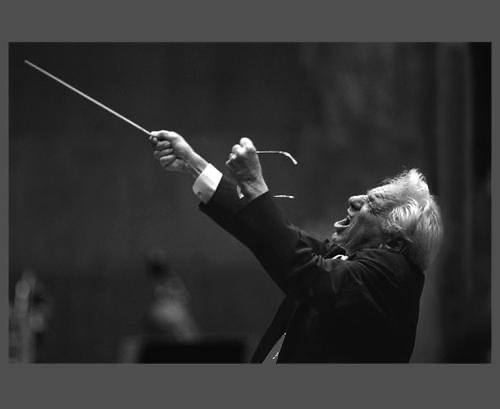There has recently been a stir in the military aviation scene recently, both in terms of industry and politics. On March 21, President Donald Trump announced a new, first-ever sixth generation fighter jet for the United States to be called the F-47. Despite attempts to modernize the F-22, the current administration hopes to deliver numbers of F-47s that would make our adversaries cry. The question is, what makes the F-47 the F-47?
The F-47 was developed as part of the NGAD (Next Generation Air Dominance) program, which has been running since as least 2014, as an initiative from DARPA (Defense Advanced Research Projects Agency) to develop a sixth-generation fighter aircraft. Similar to the F-22s development, among many other military programs, there was competition for the contract between multiple companies. For the F-47, specifically Lockheed-Martin and Boeing produced prototypes for the Air Force to test, and with cooperation from the other armed forces, the Boeing product was opted for. Not much is known about the Lockheed prototype, but I believe that Lockheed likely produced a more traditional and supermaneuverable fighter while Boeing produced the faster and more technologically advanced jet.
In the announcement for the F-47, Trump said “Its speed is top, over two, which is something that you don’t hear very often.” This is one of the only details that are specified for the plane during this ten minute video recording, but expert speculation can lead us to figure out many more details about the jet. I’m not here to write about the guesses of other people, though. I’m going to tell you what I personally think and know about the plane.
The F-47 has not as of yet obtained a nickname. Examples include the Superhornet, Raptor, Lightning II, and Strike Eagle for recent fighter craft. The first military-ready jets are expected to fly in 2029 and I’m sure by then we will know of its name.
The introduction of the F-47 is a response to the new generation of drones, specifically Unmanned Aerial Vehicles (UAVs) designed for ground attack purposes. The war in Ukraine has been a great time to see how a major nation will use drone warfare on a large scale, and has likely contributed to the continued development of the F-47. The F-47 is the first fighter aircraft in the world designed to be escorted not by other fighter aircraft, but instead by UAVs, which would be able to carry additional missiles and ordinance to supplement the F-47. It’s unclear currently whether the UAVs would be autonomous and be at the command of the fighter pilot or if they would be remotely piloted by drone commanders.
Another point of controversy about the jet is its stealth capability. The radar cross section of the F-22 means it is more difficult to track than a bumblebee – and supposedly the F-47 has improved upon this. Yet, it features a design implementing “canards” which are a form of secondary wings mounted on the plane to increase maneuverability. A wonderful feature, when you’re not creating a stealth plane, according to many military aviation experts. However, many military officials have ensured naysayers that the plane remains incredibly stealthy.
With a new generation of aviation technology on the way, it’s unclear how the future of air combat will play out. The main competitor to the F-47 on the world stage is the upcoming Chinese stealth fighter, which is incredibly large compared to past Chinese fighter planes. This is designed to emphasize speed, ordinance, and robustness over maneuverability and stealth. Attempting to compare the two is worthless, considering we know only a handful of specifications about each plane, but America’s plane is definitely better. God Bless America!


















